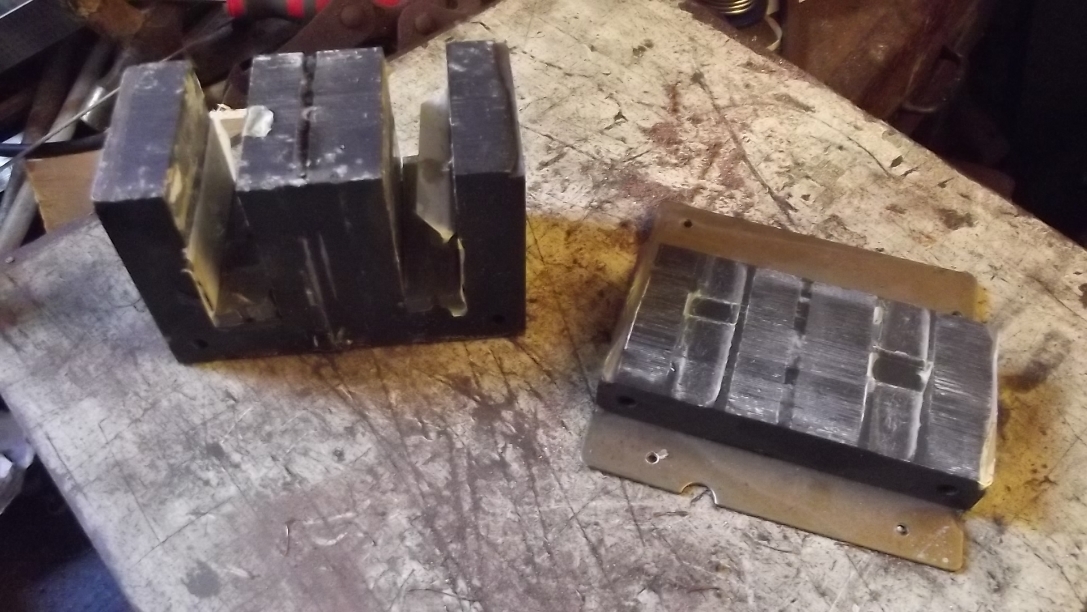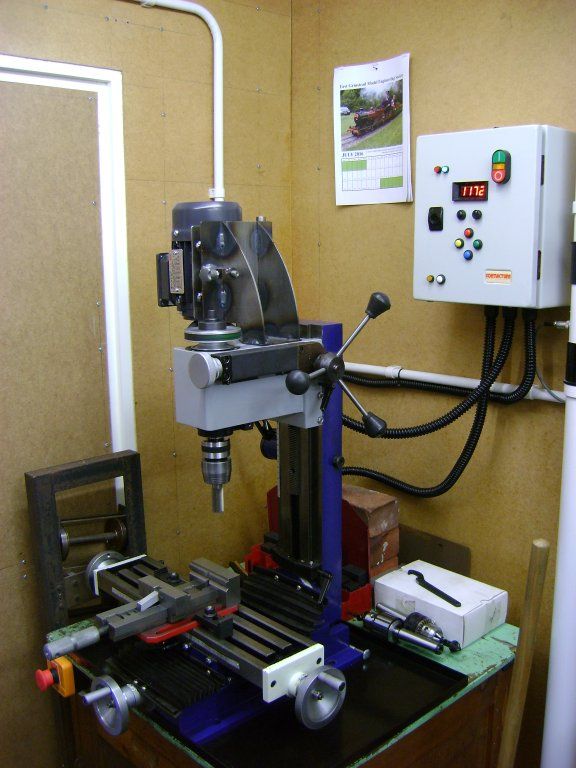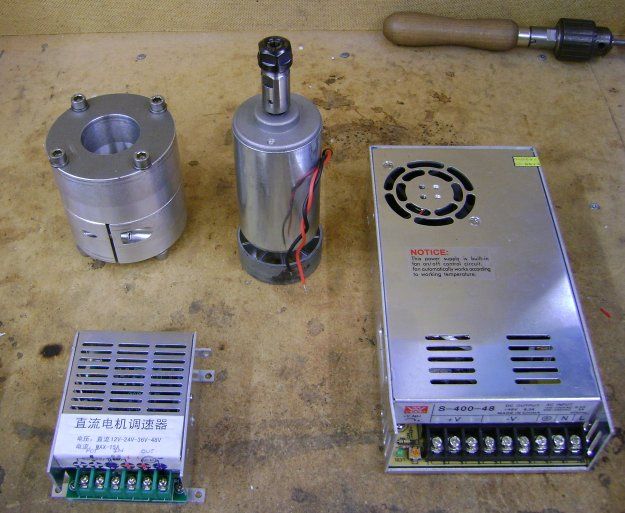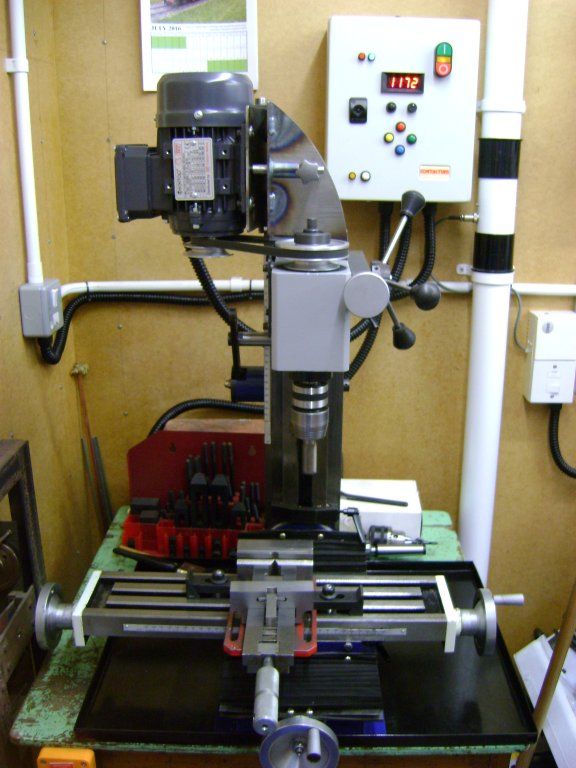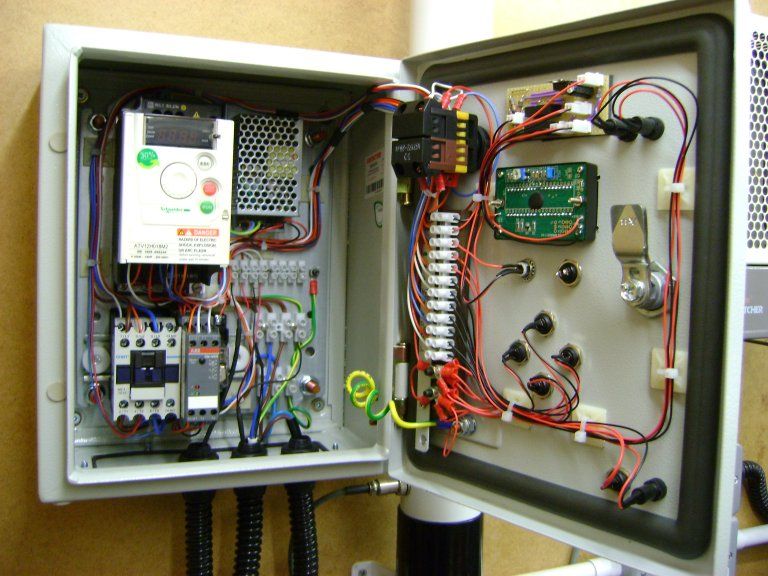I'm not sure what machine you are trying to apply this to, but I think you should save yourself some time and money.
Earlier this year I had been looking for a mill to fit a space in my shed. A bloke at work had the machine below (I don't have a picture of it at the time, but it shows the type) for sale, and he only wanted £75 for it. The problem was that he had bought it from someone who had killed the original motor/drive, and had tried (with the help of someone else) to fit a new brushless DC motor to bring the machine back to life.

The machine came to me with a 400W 48V e-bay motor a 400W 48V Mean Well SMPSU, a home made coupling and a generic Chinese speed controller. Pictured below;

There were a lot of problems with the machine, and in particular the drive. The most basic problem was that the motor gear had a different pitch to the gearbox input shaft. They didn't mesh properly and consequently the result was a terrific howling noise since the motor shaft runs at 4000rpm. Some of the gears were plastic, and so the metal ones were gradually training the plastic ones to be the right size!
The head bearings were full of the thick white paint used to make the machine look pretty. As a consequence the bearings were shot. The machine didn't look like it had got a lot of use, and I think it was probably nearly impossible to use.
At 400W you might think that this motor and power supply were man for the task, but I can assure you they are not. I put the motor above in a vice, and at full tilt I could stop the piddly little shaft in my fingers. I put a meter on it, and at stall it was taking the full 400W!!!!
The thing with most DC motors is that they describe power in electrical terms. That is to say the electricity consumed, not the Horsepower developed.
I looked at this business of BLDC motors, and I actually found one on ebay with a drive that looked good for a proper 1/4 HP. It was not a direct fitment for the machine, and it was £250. Not only is it expensive, it is also rare. If I make the effort to fit it to the machine, then I want to be able to get a replacement easily, in case I burn it out.
Given that the gearbox inside the head was plastic, and that people say these machines are noisy anyway, I decided to go for a three phase AC motor with a Z-section vee belt drive. It turns out that you can fit a pulley directly to the spindle. Quiet, efficient, simple, cheap.
I got the motor from "inverter drive supermarket" and the motor and the drive were a fraction over £100 inc VAT.
I made the steel bracket from parts that I had laser cut, and I welded them together.
I decided to go a little to town with the control box. You wouldn't have to go that far.
If you really want a decent machine drive, it doesn't have to cost the earth. Once done, it's all standard parts, so it's done forever. If anything goes wrong, you just buy new bits and drop them in.


Ajohnw.



